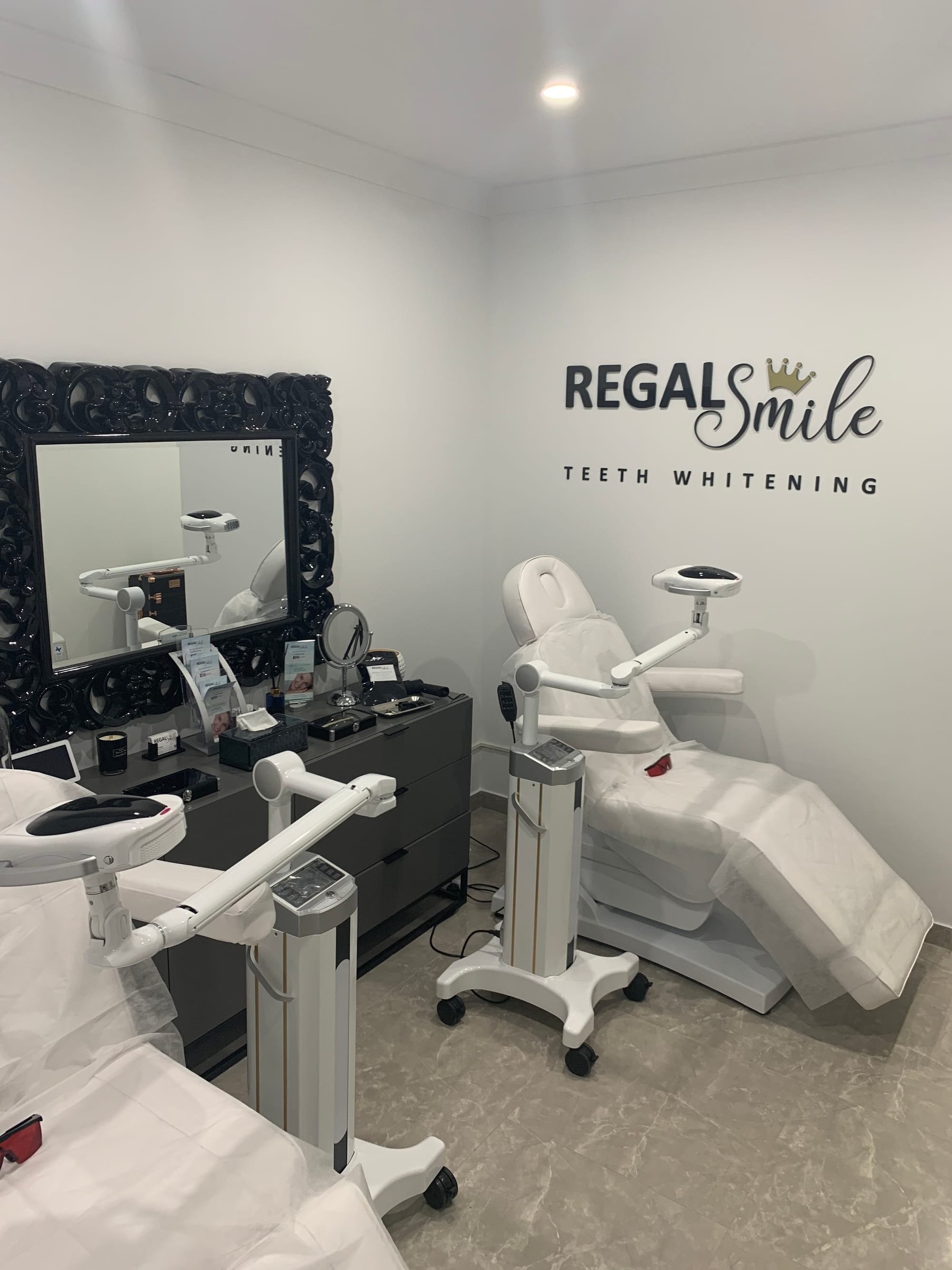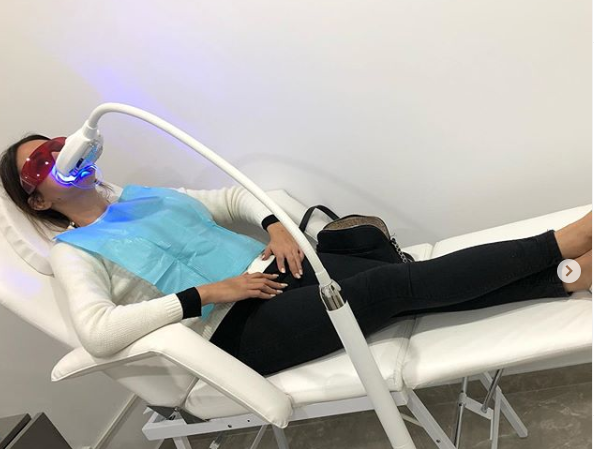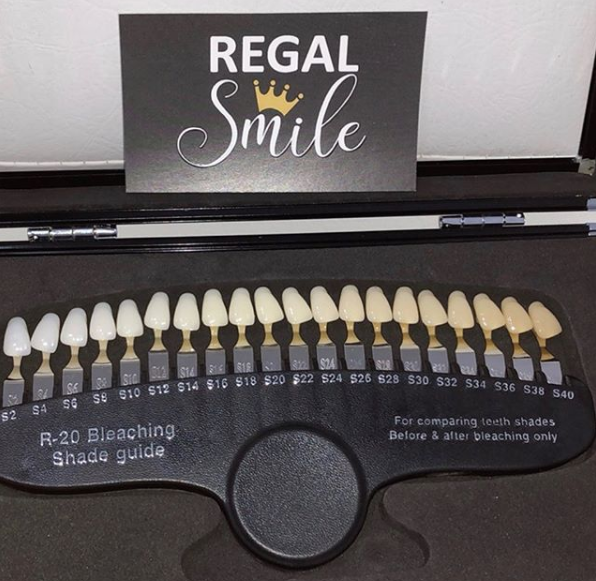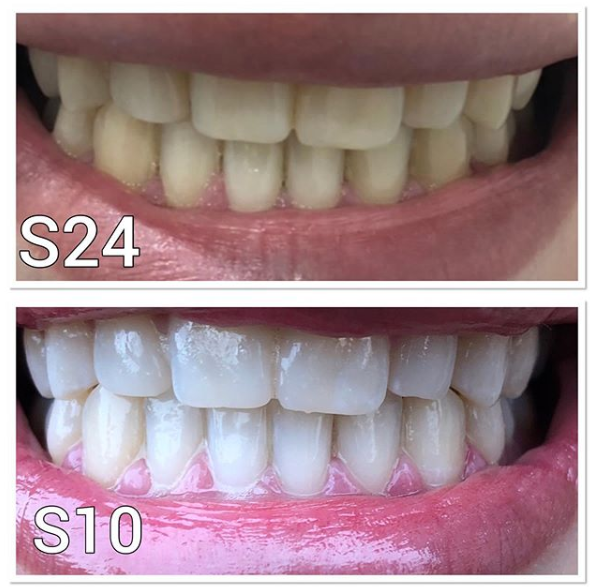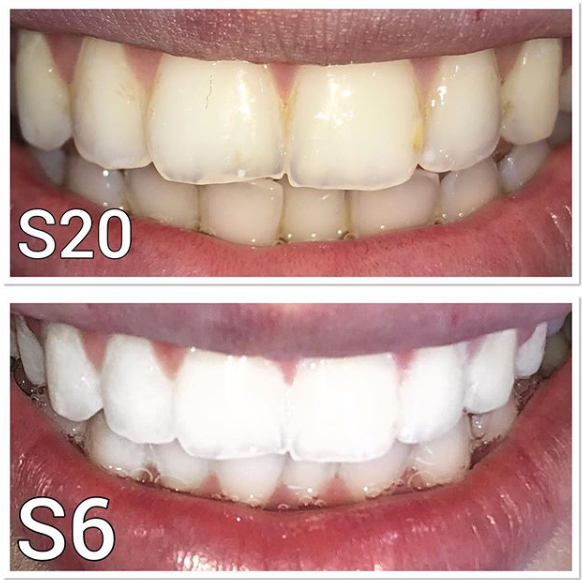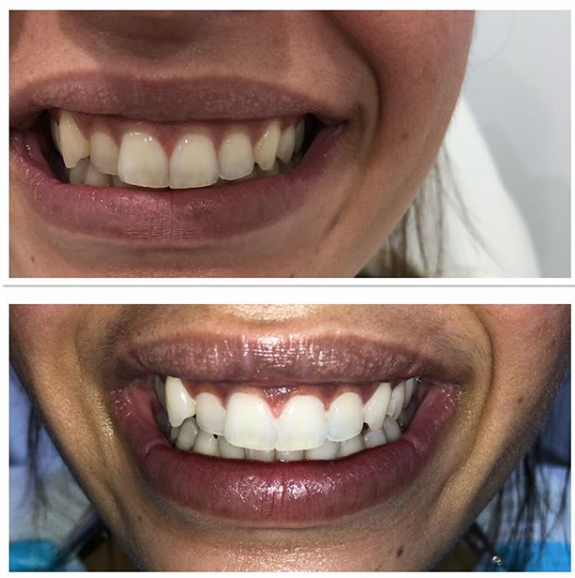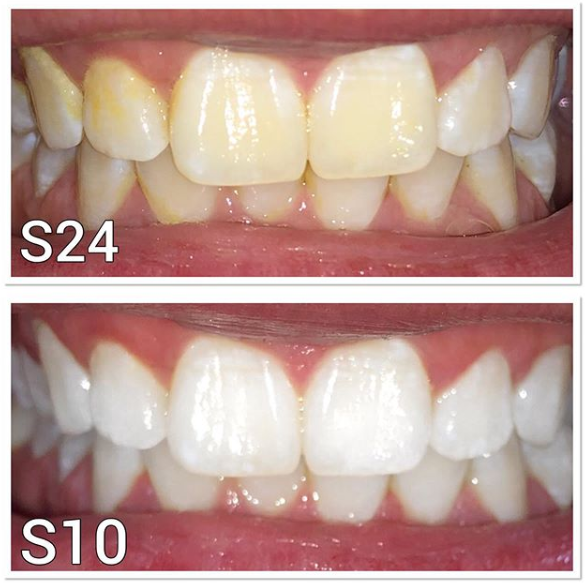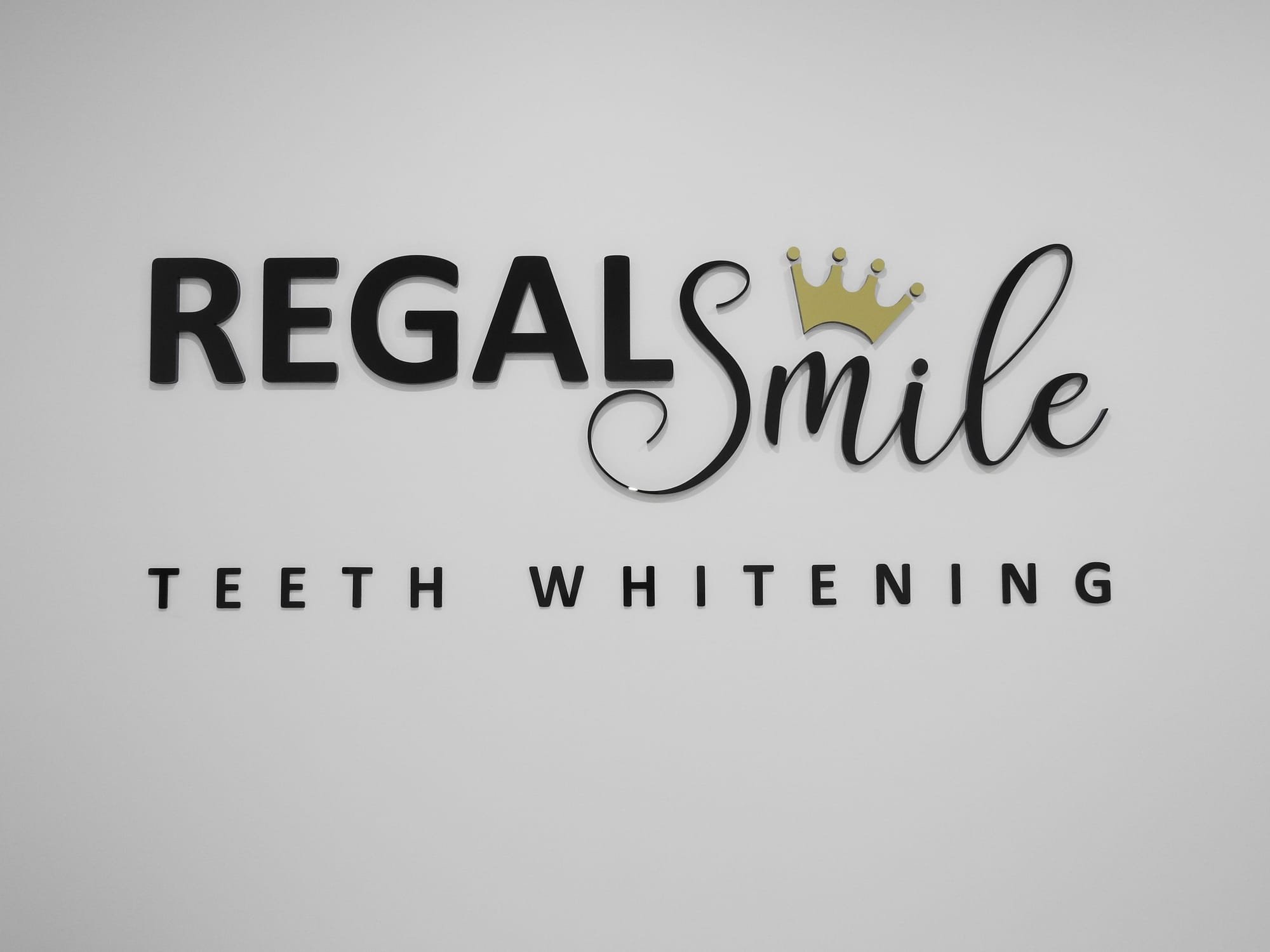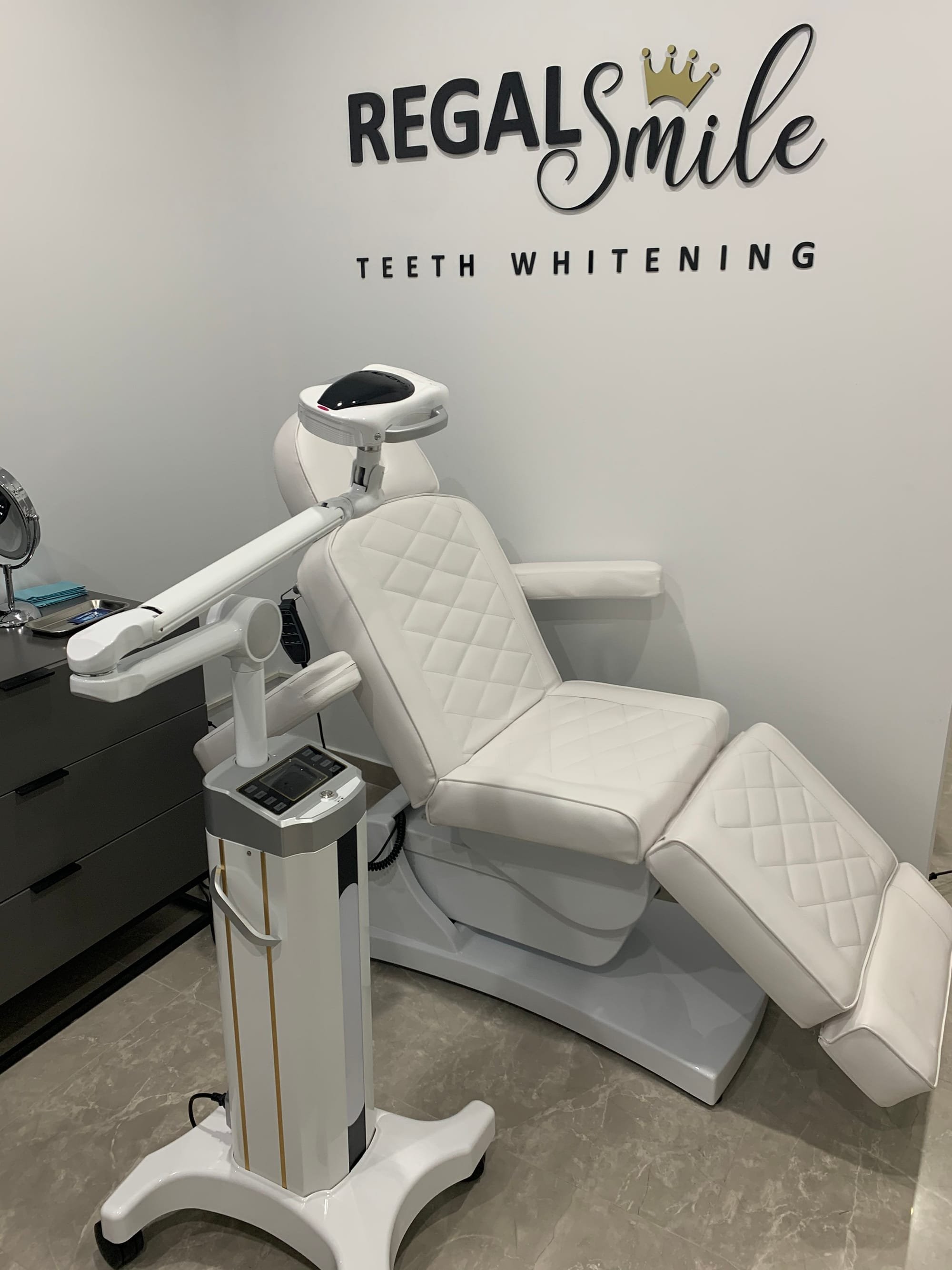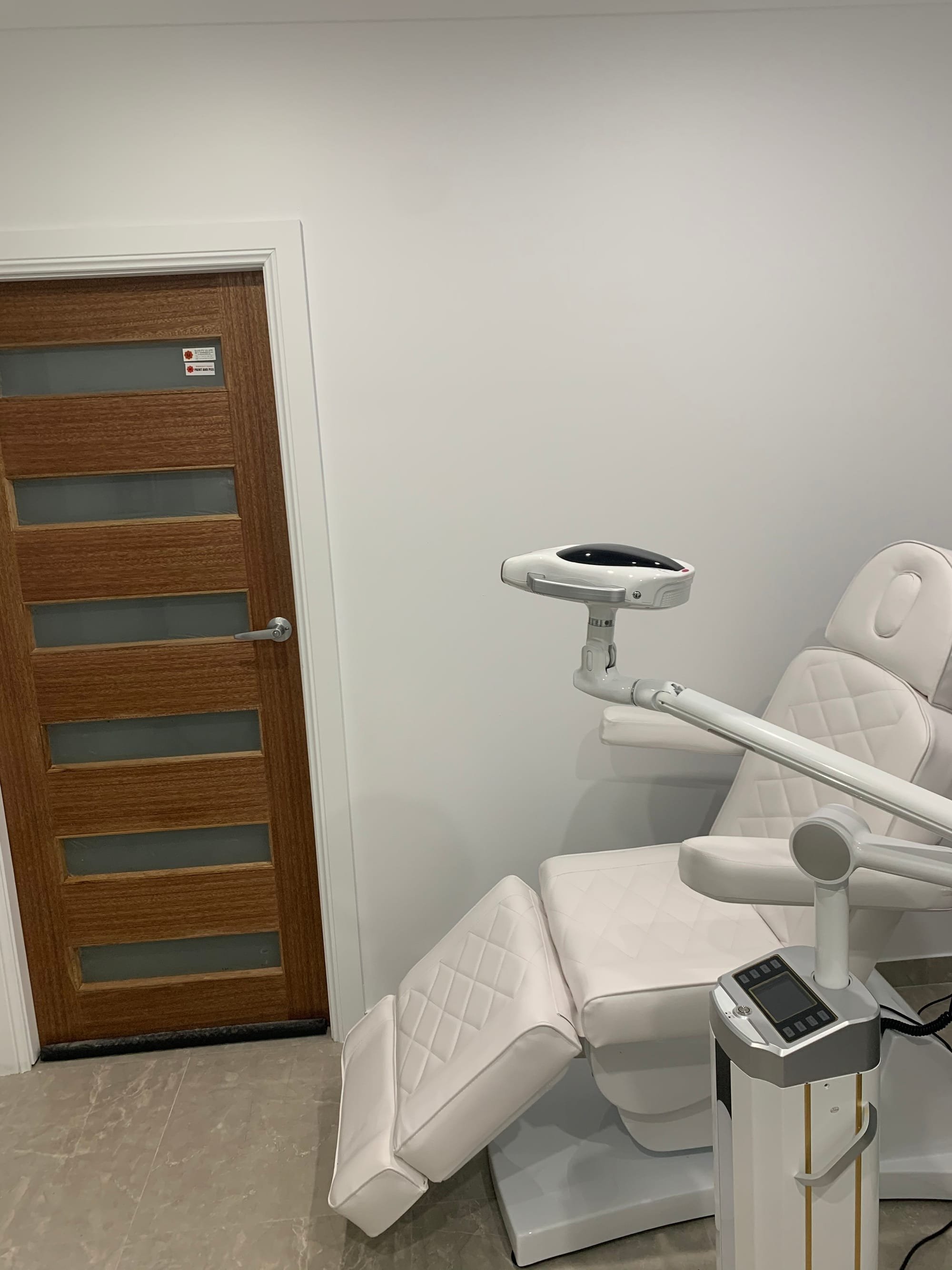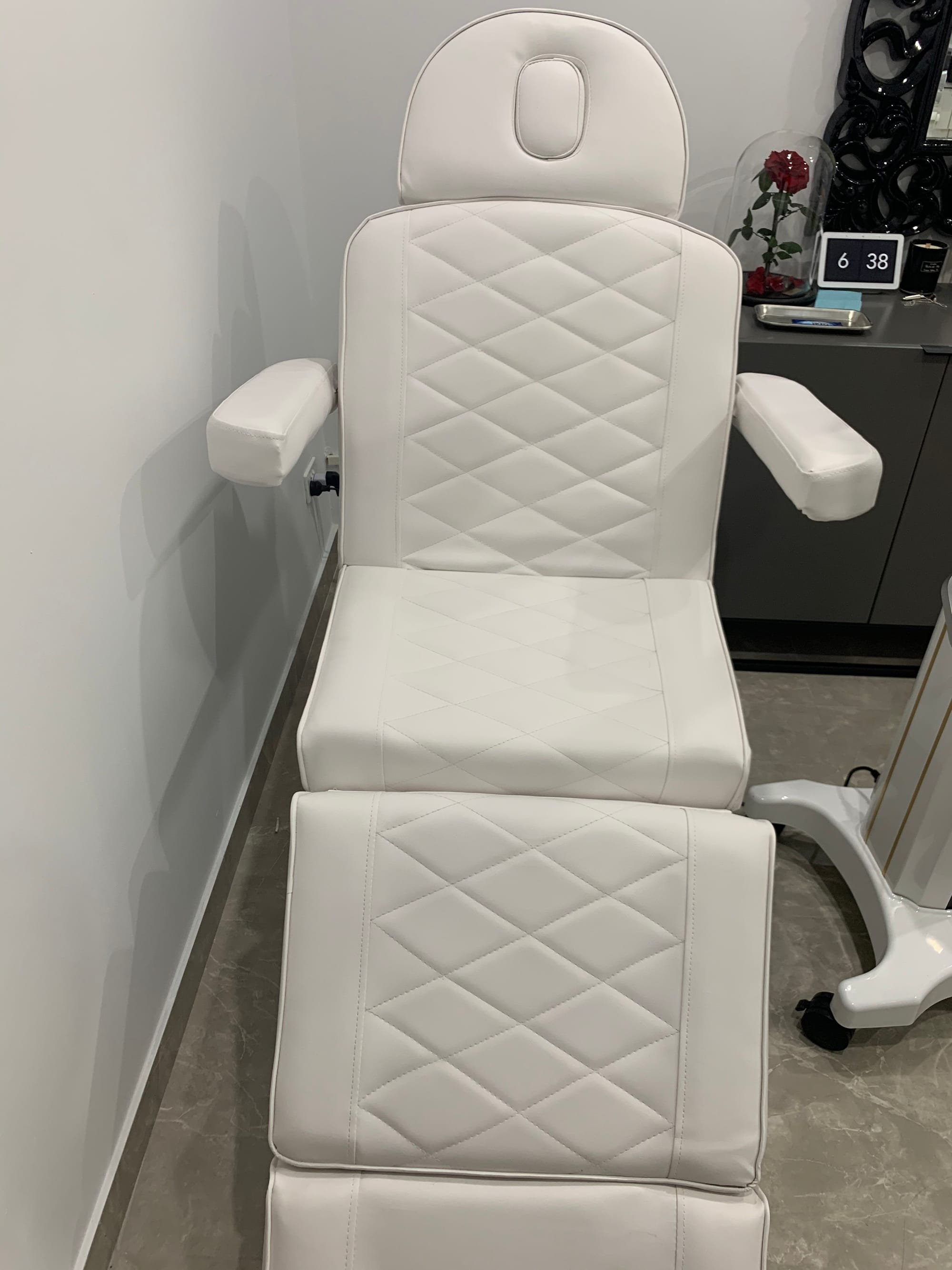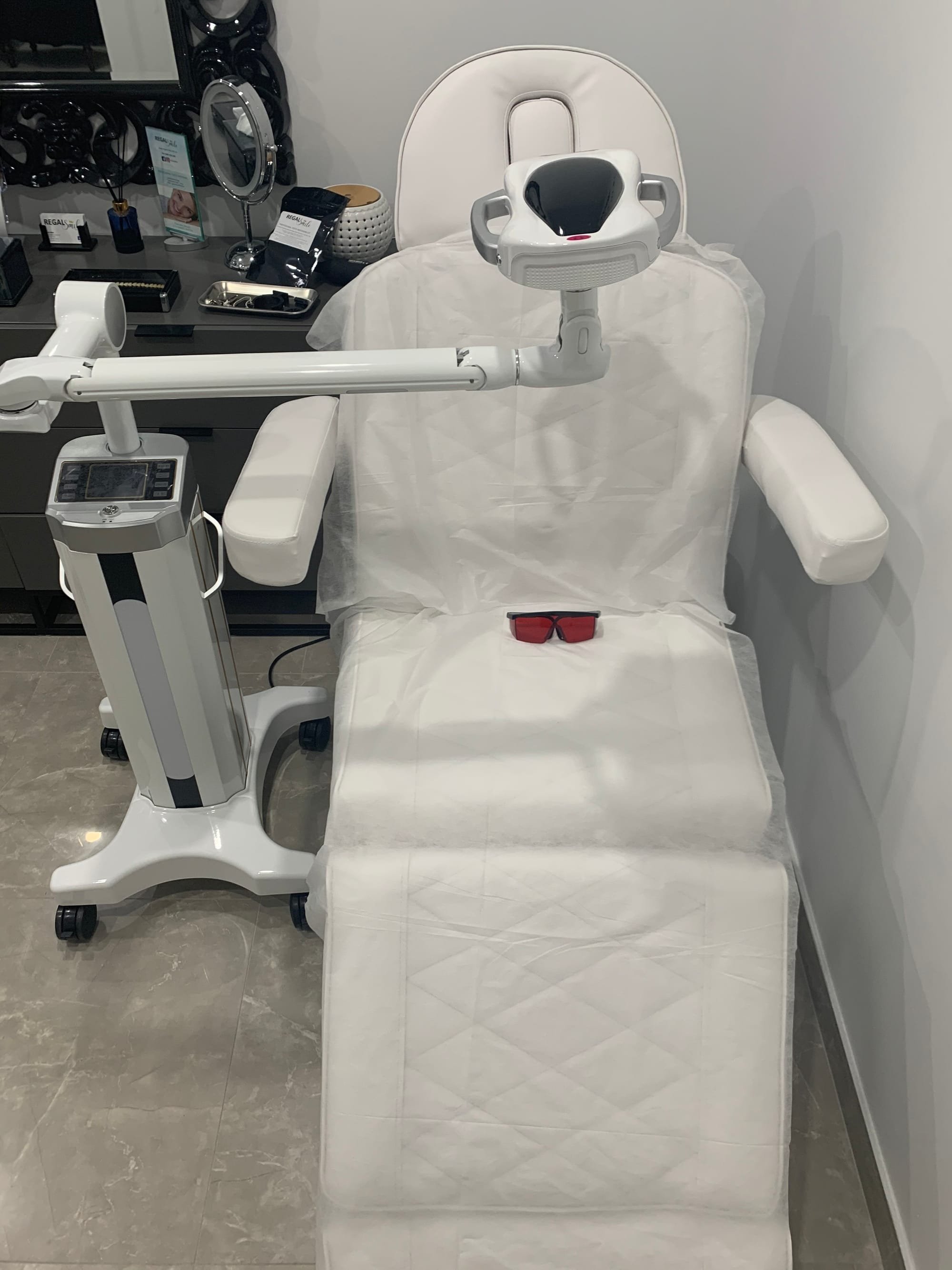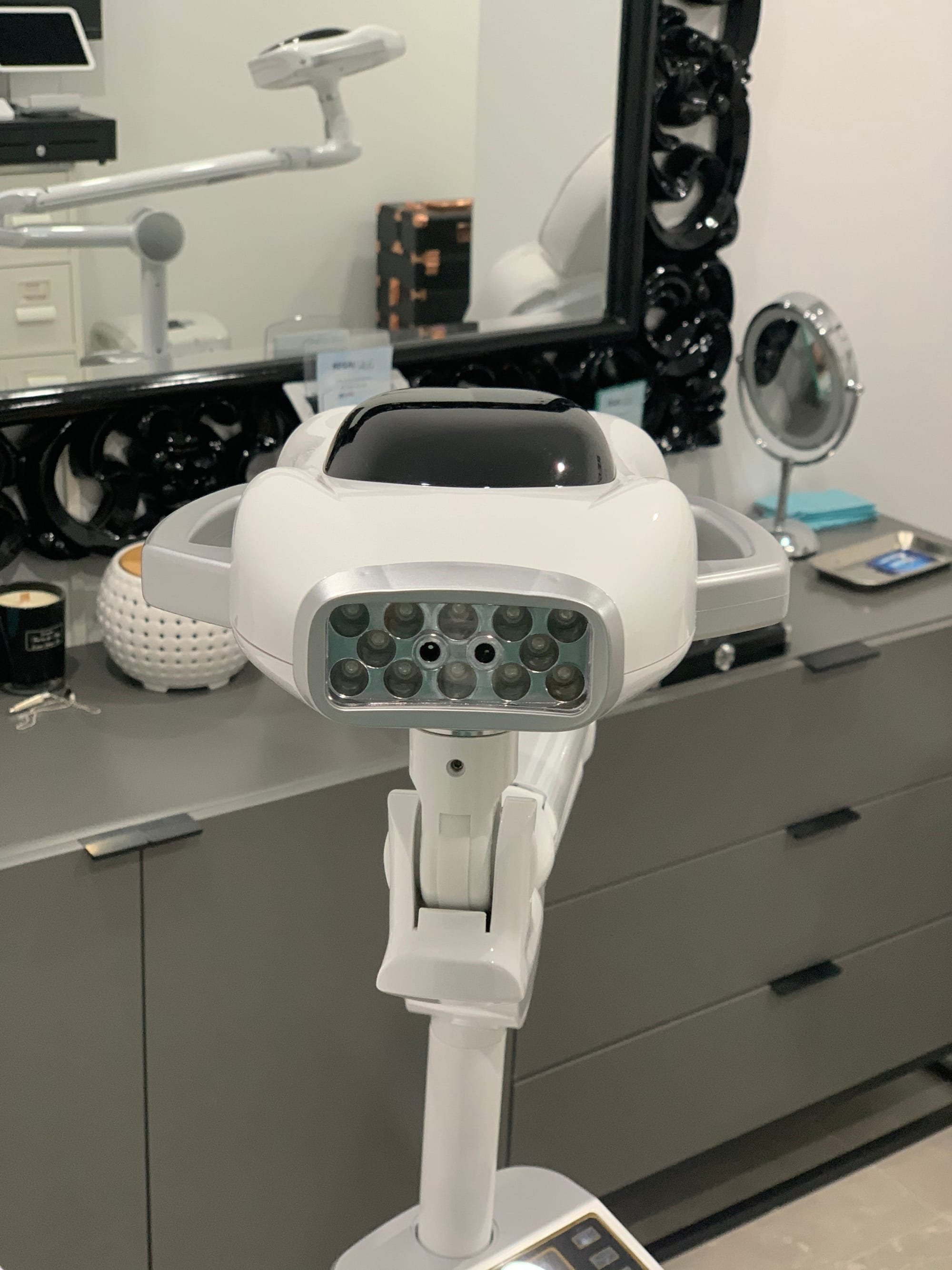Prices
Treatments
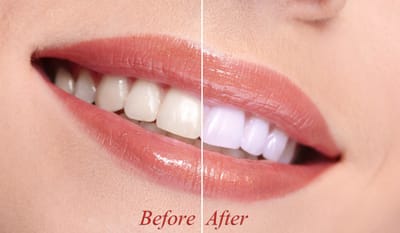
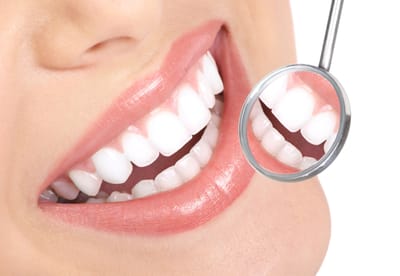
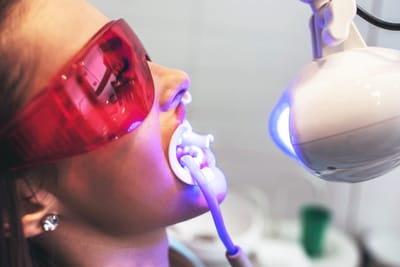
Teeth Whitening
Who doesn't want a Bright White smile each time?
Who wants to be embarrassed for those important photos where you hide just not to be seen?
Who doesn't want to smile and be confident each and every time?
This treatment offers a safe, convenient service that can also be done at the convenience of your own home.
Who doesn't want a Bright White smile each time?
Who wants to be embarrassed for those important photos where you hide just not to be seen?
Who doesn't want to smile and be confident each and every time?
This treatment offers a safe, convenient service that can also be done at the convenience of your own home.
Aftercare



THE WHITE DIET
After a teeth whitening treatment, the pores of your enamel are open and this makes them extra vulnerable to any stains which can reverse a lot of the whitening benefit from your treatment. Follow the White Diet for 24-48 hours after a teeth whitening treatment. Once the pores close, which usually happens within 24-48 hours after the procedure, you can resume your normal habits. An easy rule to remember is anything that would stain white fabric; Avoid it! Remember though the more staining your diet the faster you will re-stain your teeth. Taking care with what you eat will keep your smile whiter for longer.
NON-STAINING BEVERAGES
Avoid extremely hot or cold liquids. These are dangerous to your white smile because they change the temperature of your teeth. This temperature change (hot and cold cycling) causes teeth to expand and contract, allowing stains to penetrate your teeth. Try cutting down on these types of drinks (including coffee and tea) or try drinking them with a straw to reduce the amount of time they are in contact with your teeth.
Avoid foods and drinks that are acidic. Acidic foods and beverages open up the pores of the tooth
enamel allowing stains to more easily penetrate your teeth. Use a straw to help minimize the contact of these substances with your teeth. Cut back on drinking and smoking. Frequent consumption of alcoholic drinks and heavy smoking can the effects of teeth whitening. Many alcoholic drinks such as wine have tannin's that can stain the teeth. The same goes for the nicotine in tobacco. If you cannot quit drinking and smoking, at least try and reduce the frequency. Alcohol also reduces your resolve to avoid food which may stain your teeth. Use smudge-proof lipstick. Use smudge-proof lipstick to keep lipstick from getting on your teeth because regular lipstick can stain teeth. Also avoid tinted lip balm.
You may have a follow up treatment in 4 months if you desire. Keep in mind the more regularly you have a teeth whiting treatment the smaller the results of the treatment will be as there are not as many stains to bleach.
After a teeth whitening treatment, the pores of your enamel are open and this makes them extra vulnerable to any stains which can reverse a lot of the whitening benefit from your treatment. Follow the White Diet for 24-48 hours after a teeth whitening treatment. Once the pores close, which usually happens within 24-48 hours after the procedure, you can resume your normal habits. An easy rule to remember is anything that would stain white fabric; Avoid it! Remember though the more staining your diet the faster you will re-stain your teeth. Taking care with what you eat will keep your smile whiter for longer.
NON-STAINING BEVERAGES
- Water
- Sparkling Water
- Milk
- Lemonade, Orange Juice, Any Acidic Fruit Juice
- Tea and Coffee
- Colas and Other Fizzy Drinks
- Energy Drinks
- NON-STAINING ALCOHOLIC DRINKS:
- Vodka Gin
- White Wine
- Champagne
- ALCOHOLIC DRINKS TO AVOID:
- Red Wine
- Stout or Dark Beer
- Colored mixed drinks
- Colored Cocktails
- Dark Spirits
- Chicken
- Turkey
- White Fish
- White Rice
- White Pasta
- White Sauce
- Cauliflower
- Cottage Cheese
- Potatoes (NO skin)
- Bananas
- Peeled apples
FOODS TO AVOID - Try to avoid foods with color. The more colorful, the more likely it can stain your teeth.
- Colored fruit and vegetables i.e. capsicum, Carrots and Orange Fruits and Vegetables
- Broccoli, Spinach and Green Vegetables
- Dark and milk chocolate
- Rye and dark Bread
- Tomatoes and Red Sauces such as Spaghetti Sauce
- Curries and pickles
- Beetroot
- Berries
- Butter and Margarine
- Colored lollies
Avoid extremely hot or cold liquids. These are dangerous to your white smile because they change the temperature of your teeth. This temperature change (hot and cold cycling) causes teeth to expand and contract, allowing stains to penetrate your teeth. Try cutting down on these types of drinks (including coffee and tea) or try drinking them with a straw to reduce the amount of time they are in contact with your teeth.
Avoid foods and drinks that are acidic. Acidic foods and beverages open up the pores of the tooth
enamel allowing stains to more easily penetrate your teeth. Use a straw to help minimize the contact of these substances with your teeth. Cut back on drinking and smoking. Frequent consumption of alcoholic drinks and heavy smoking can the effects of teeth whitening. Many alcoholic drinks such as wine have tannin's that can stain the teeth. The same goes for the nicotine in tobacco. If you cannot quit drinking and smoking, at least try and reduce the frequency. Alcohol also reduces your resolve to avoid food which may stain your teeth. Use smudge-proof lipstick. Use smudge-proof lipstick to keep lipstick from getting on your teeth because regular lipstick can stain teeth. Also avoid tinted lip balm.
You may have a follow up treatment in 4 months if you desire. Keep in mind the more regularly you have a teeth whiting treatment the smaller the results of the treatment will be as there are not as many stains to bleach.
Risks



TEETH WHITENING RISKS
There are no serious risks as a result of these treatments however its important to look at these facts that need to be considered based on your own circumstances.
Teeth whitening treatments are considered to be safe when procedures are followed as directed. However, there are certain risks associated with whitening that you should be aware of:
WHO SHOULDN’T HAVE TEETH WHITENING TREATMENT?
Pregnant or lactating women are advised to avoid teeth whitening. The potential impact of swallowed bleach on the foetus or baby is not yet known. We also recommend the treatment for persons over the age of 16.
Individuals with highly sensitive teeth or those who are in need of dental work should consult their dentist before having a whitening procedure.
If you have a client with any severe allergies like anaphylaxis is best to avoid the treatment as there is no guarantee the products it is made from have not come in contact with or been produced alongside other products. It’s just not worth the risk.
HYGIENE AND SAFETY
Our teeth whitening procedure is absolutely hygienic as you never touch your client or their mouth. The process is effectively a DIY teeth whitening kit with the use of an LED light accelerator to give the client maximum results in less than one hour. With the kit alone and no accelerator these results would take weeks of continuous treatment. This accelerated treatment is gentler on teeth and gums as there is less time with tissue exposed to the chemicals.
For hygiene ensure the client handles their own kit and make sure they have a paper towel or disposable hygienic place to lay the cheek retractor when not in use.
RISKS OF SENSITIVITY
Although rare with our gentle gel, teeth whitening can cause a temporary increase in sensitivity to temperature, pressure and touch. Persons at most risk for whitening sensitivity are those with gum recession, significant cracks in their teeth or leakage resulting from faulty restorations. We recommend not offering a teeth whitening treatment to anyone who is currently suffering from a dental condition or who requires dental work. If excess sensitivity occurs discontinue immediately and ask your client to rinse and make an appointment with their dentist.
Whitening sensitivity usually lasts no longer than a day or two, but in some cases may persist a little longer. We recommend toothpaste for sensitive teeth to reduce sensitivity.
ALLERGIES
If you have a client with any severe allergies like anaphylaxis is best to avoid the treatment as there is no guarantee the products it is made from have not come in contact with or been produced alongside other products. It’s just not worth the risk.
DIABETES
If you have a client with diabetes it is important they maintain their blood sugar during the teeth whitening treatment. When booking the treatment ensure your client brings anything they may need to the appointment.
GUM IRRITATION
Clients occasionally experience some degree of gum irritation, usually from applying the gel onto the gum tissue. Such irritation typically lasts from a few minutes after treatment up to several days in the worst case scenario. The use of the vitamin e swab is very successful in eliminating gum sensitivity.
CROWNS, VENEERS AND BONDING:
Teeth whitening will not damage restorations such as bonding, dental crowns or porcelain veneers as long as they are in good condition. These restorations generally wont change colour when teeth are whitened. This may result in what is referred to as "technicolour teeth". Most dentists these days whiten teeth prior to creating veneers and bonding however, different coloured teeth can be a issue if this is not the case. We recommend that the client’s teeth be colour checked after the first 20 minute session in these cases, as it may be all that is required to match the restorations.
LIP BLISTERS AND SWELLING
Blisters generally only happen when the gel comes in contact with the soft tissue whilst under the lamp or is left after the treatment. There is a link between mouth blisters, swelling and lips with filler. If your client has lip filler make sure they are extra careful in applying the gel. Make sure your client waits at least one to two week between the lip filler and a teeth whitening treatment.
It is important when the client applies the gel they avoid the lips and gums, ensure it does not come in contact with the soft tissue of their mouth. If they do get some on there have them remove it with a cotton tip. Also ensure the cheek retractor being used is large enough to keep the lips from touching the teeth. We always give you a couple of free large with your order. Always make sure the client is fully reclined. If they are not fully reclined they can drool and this can wash the gel onto the soft tissue. Also make sure the client rinses thoroughly and brushes away any remaining gel with a tooth brush to ensure no gel is left in the mouth. Get the client to apply the vitamin e at the end of the treatment to their lips gums and the inside of their lips this should help. Blisters will generally heal within 2 to 3 days.
The risk of blisters and swelling can be reduced by following precautions after the treatment. Smoking directly after the teeth whitening has been linked to lip blisters and swelling as has the consumption of spicy food and excessively hot foods or beverages.
There are no serious risks as a result of these treatments however its important to look at these facts that need to be considered based on your own circumstances.
Teeth whitening treatments are considered to be safe when procedures are followed as directed. However, there are certain risks associated with whitening that you should be aware of:
WHO SHOULDN’T HAVE TEETH WHITENING TREATMENT?
Pregnant or lactating women are advised to avoid teeth whitening. The potential impact of swallowed bleach on the foetus or baby is not yet known. We also recommend the treatment for persons over the age of 16.
Individuals with highly sensitive teeth or those who are in need of dental work should consult their dentist before having a whitening procedure.
If you have a client with any severe allergies like anaphylaxis is best to avoid the treatment as there is no guarantee the products it is made from have not come in contact with or been produced alongside other products. It’s just not worth the risk.
HYGIENE AND SAFETY
Our teeth whitening procedure is absolutely hygienic as you never touch your client or their mouth. The process is effectively a DIY teeth whitening kit with the use of an LED light accelerator to give the client maximum results in less than one hour. With the kit alone and no accelerator these results would take weeks of continuous treatment. This accelerated treatment is gentler on teeth and gums as there is less time with tissue exposed to the chemicals.
For hygiene ensure the client handles their own kit and make sure they have a paper towel or disposable hygienic place to lay the cheek retractor when not in use.
RISKS OF SENSITIVITY
Although rare with our gentle gel, teeth whitening can cause a temporary increase in sensitivity to temperature, pressure and touch. Persons at most risk for whitening sensitivity are those with gum recession, significant cracks in their teeth or leakage resulting from faulty restorations. We recommend not offering a teeth whitening treatment to anyone who is currently suffering from a dental condition or who requires dental work. If excess sensitivity occurs discontinue immediately and ask your client to rinse and make an appointment with their dentist.
Whitening sensitivity usually lasts no longer than a day or two, but in some cases may persist a little longer. We recommend toothpaste for sensitive teeth to reduce sensitivity.
ALLERGIES
If you have a client with any severe allergies like anaphylaxis is best to avoid the treatment as there is no guarantee the products it is made from have not come in contact with or been produced alongside other products. It’s just not worth the risk.
DIABETES
If you have a client with diabetes it is important they maintain their blood sugar during the teeth whitening treatment. When booking the treatment ensure your client brings anything they may need to the appointment.
GUM IRRITATION
Clients occasionally experience some degree of gum irritation, usually from applying the gel onto the gum tissue. Such irritation typically lasts from a few minutes after treatment up to several days in the worst case scenario. The use of the vitamin e swab is very successful in eliminating gum sensitivity.
CROWNS, VENEERS AND BONDING:
Teeth whitening will not damage restorations such as bonding, dental crowns or porcelain veneers as long as they are in good condition. These restorations generally wont change colour when teeth are whitened. This may result in what is referred to as "technicolour teeth". Most dentists these days whiten teeth prior to creating veneers and bonding however, different coloured teeth can be a issue if this is not the case. We recommend that the client’s teeth be colour checked after the first 20 minute session in these cases, as it may be all that is required to match the restorations.
LIP BLISTERS AND SWELLING
Blisters generally only happen when the gel comes in contact with the soft tissue whilst under the lamp or is left after the treatment. There is a link between mouth blisters, swelling and lips with filler. If your client has lip filler make sure they are extra careful in applying the gel. Make sure your client waits at least one to two week between the lip filler and a teeth whitening treatment.
It is important when the client applies the gel they avoid the lips and gums, ensure it does not come in contact with the soft tissue of their mouth. If they do get some on there have them remove it with a cotton tip. Also ensure the cheek retractor being used is large enough to keep the lips from touching the teeth. We always give you a couple of free large with your order. Always make sure the client is fully reclined. If they are not fully reclined they can drool and this can wash the gel onto the soft tissue. Also make sure the client rinses thoroughly and brushes away any remaining gel with a tooth brush to ensure no gel is left in the mouth. Get the client to apply the vitamin e at the end of the treatment to their lips gums and the inside of their lips this should help. Blisters will generally heal within 2 to 3 days.
The risk of blisters and swelling can be reduced by following precautions after the treatment. Smoking directly after the teeth whitening has been linked to lip blisters and swelling as has the consumption of spicy food and excessively hot foods or beverages.
F.A.Q
How long does a treatment take?
Allow approximately 75-90 minutes to achieve maximum results. Please note this time includes consultation time.
What results can be expected?
This depends on each individual and the extent of discoloration, generally from 5-14 shades lighter can be achieved. The more stained your teeth the more dramatic the result will be. Teeth whitening whether done by a dentist or another technician will not whiten your tooth enamel the process will bleach the stains on the surface of your teeth. The results are also relevant to how regularly you have a teeth whitening procedure or use home whitening treatments. Where whitening is done every 6-12 months it is considered a maintenance procedure and results will be less dramatic.
Should teeth whitening be done by a Dentist?
Teeth whitening is purely cosmetic and non dental. The products we use are gentler than and just as effective as those used by the dentist. All our products are Australian compliant and produced to the highest standards. Teeth whitening, no matter who does it bleaches stains from the surface of the teeth it does not whiten enamel.
Is teeth whitening safe?
We offer the latest whitening gel approved for use in Australia. Our gel is gentle and safe, problems are extremely rare. Teeth Whitening is safe for crowns and veneers although these will not lighten as much as natural teeth.
Is teeth whitening suitable for everyone?
Teeth whitening is a treatment most people want and can have, however, it is not recommended for children under 16 years of age or for women who are pregnant or breastfeeding. Do not have a teeth whitening treatment if you have gum disease or are requiring dental work.
How long will a teeth whitening treatment last?
Teeth will maintain their fresh new appearance for around one year. Re-staining depends largely on diet and lifestyle. Smoking, coffee, tea, fruit juice, sodas all staining foods and beverages will eventually re-stain the surface of your teeth.
Does age make a difference?
Age plays a big part in the results achieved in teeth whitening. Younger clients will have stronger, healthier enamel which means the stains will stay on the surface of the teeth and good results are generally achieved. As we age enamel becomes thinner and microscopic cracks appear trapping the stains. A good example for this is china; you will notice as your dinnerware ages it becomes stained and has cracks in the surface which scrubbing will no longer remove. This is the same with tooth enamel.
Which stains will get the best results?
Certain discoloration will respond to whitening better than others. Yellow stains are usually the easiest to lift as they are generally on the surface of the teeth and are caused mainly through foods and drinks. These stains have a high to moderate chance of lifting. Brown stains tend to work deeper into the enamel and can even be part of the natural tooth enamel. Brown is often a product of the aging process. (more about this in the next paragraph) These stains have a moderate to low chance of lifting. Grey stains are generally inside the tooth which is called intrinsic staining. Causes are usually a dead nerve or the use of medications. This discoloration is on the inside of the tooth and teeth whitening will not be effective.
How long will my Regalsmile teeth whitening results last?
Regalsmile teeth whitening treatments initially help to reduce existing stains, but through day to day consumption of things such as Soft drinks, coffee and highly coloured foods, your teeth may eventually become discoloured again. Regular maintenance with the Regalsmile treatment can help combat recurring discoloration.
What causes teeth to discolour or become stained?
The most common factors underpinning teeth discoloration include the consumption of highly coloured foods and drinks such as coffee, tea, red wine and berries. Please note that smoking and some medication can also causes serious discoloration.
Contact Us
- Greenacre NSW, Australia
